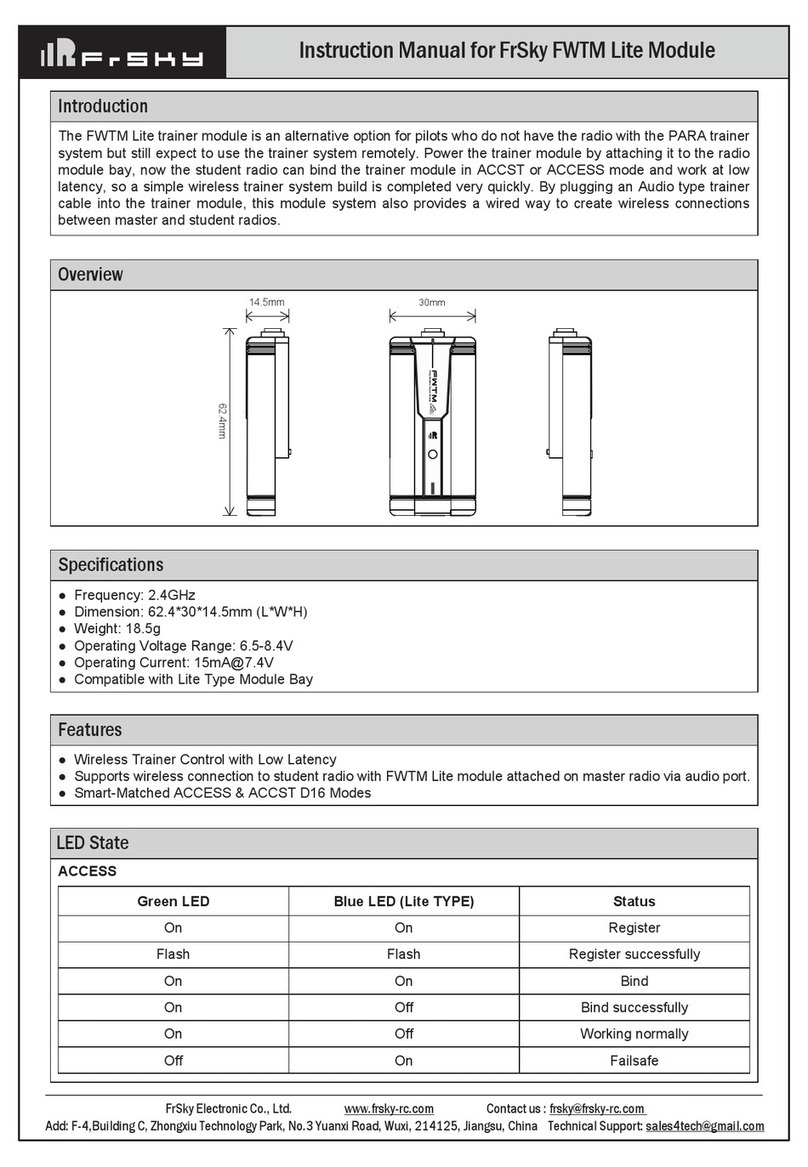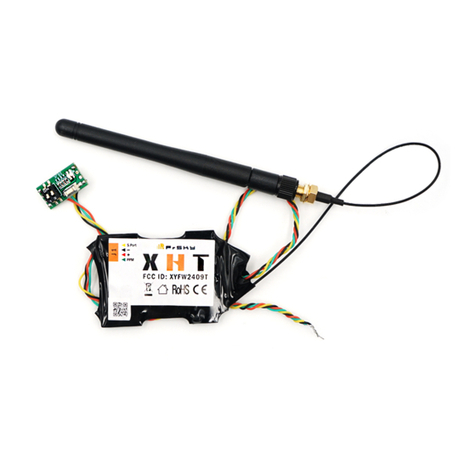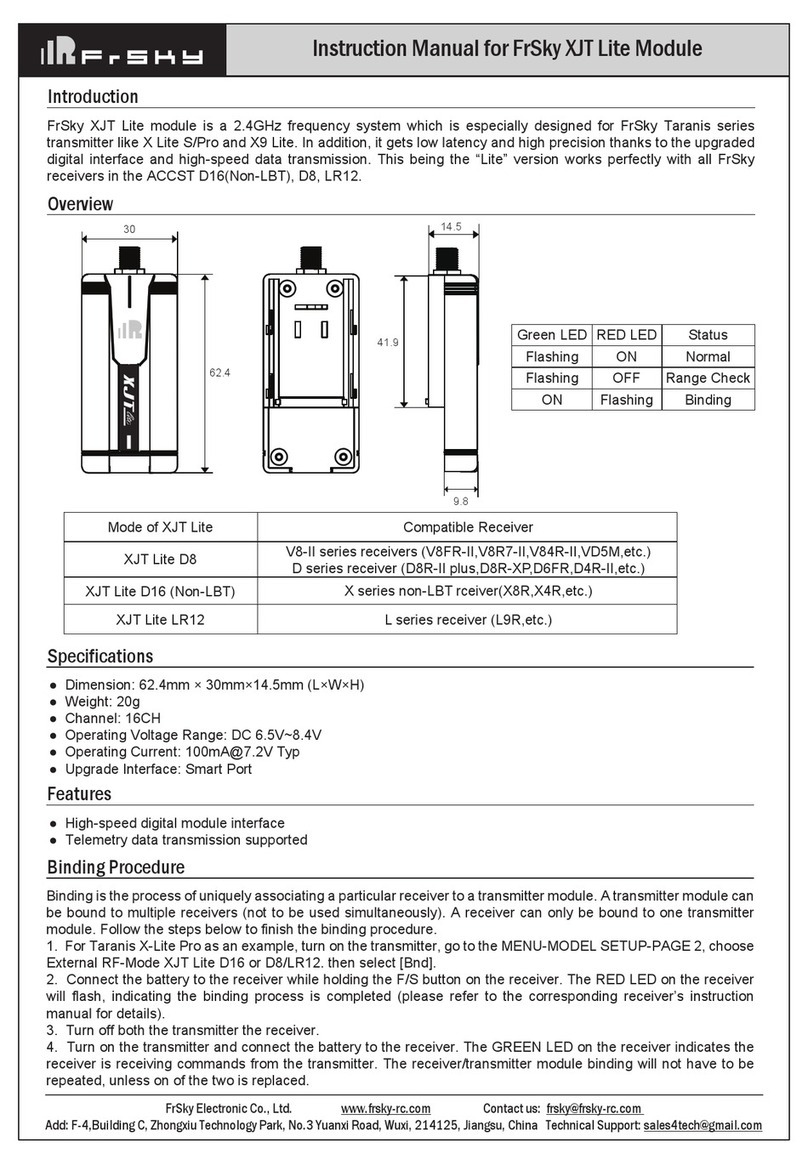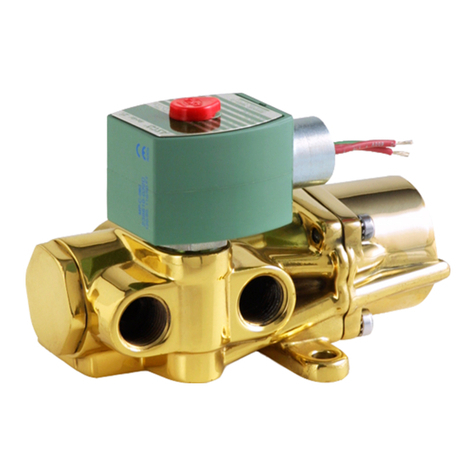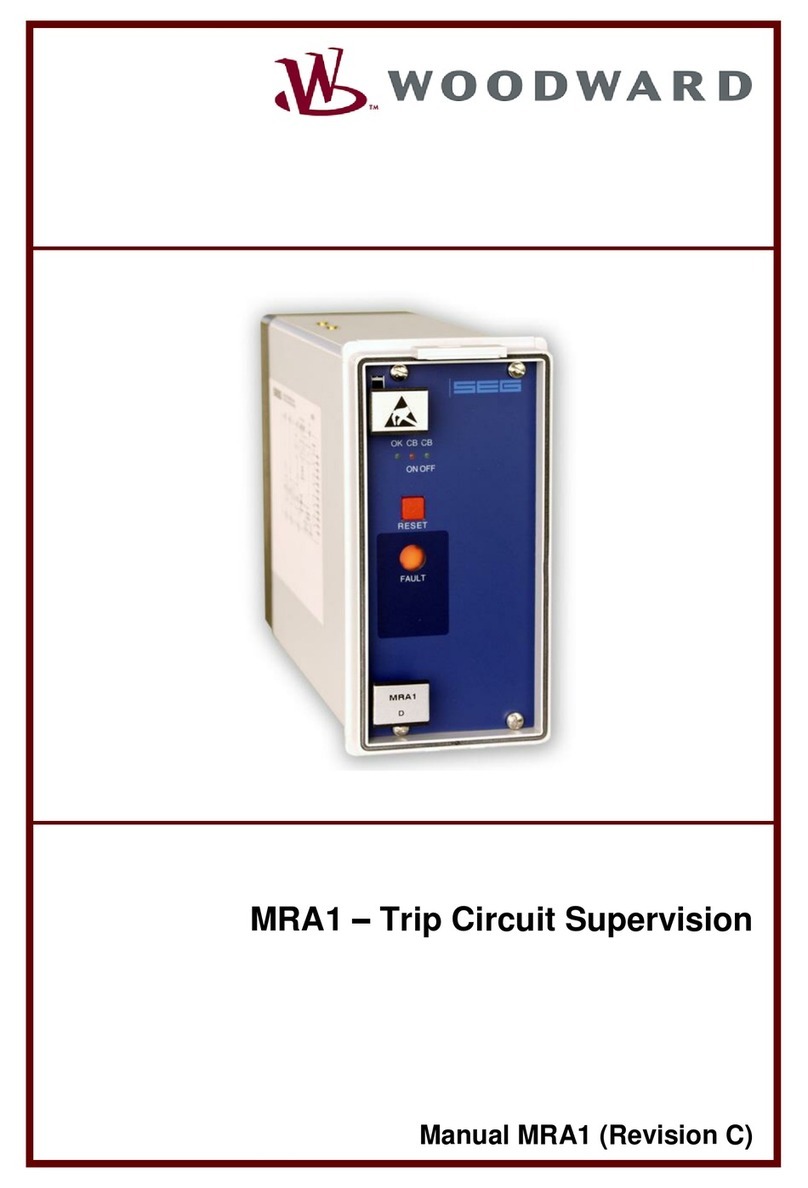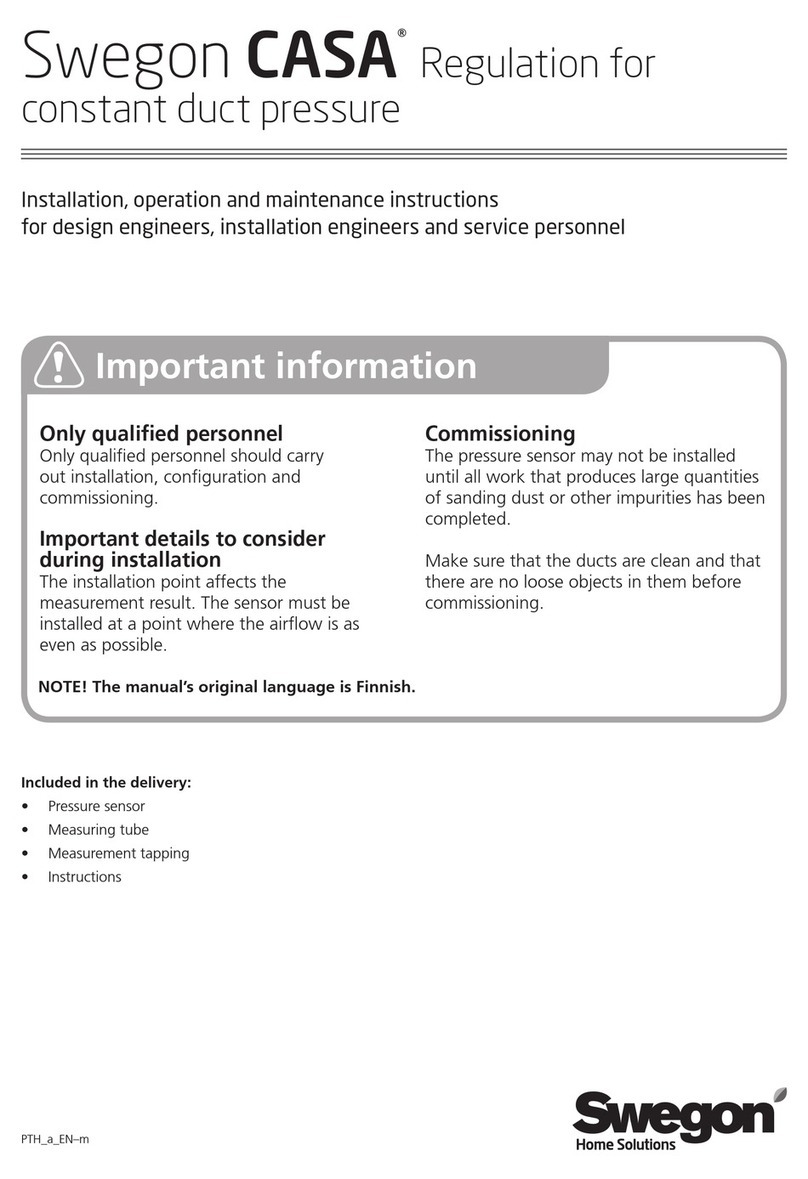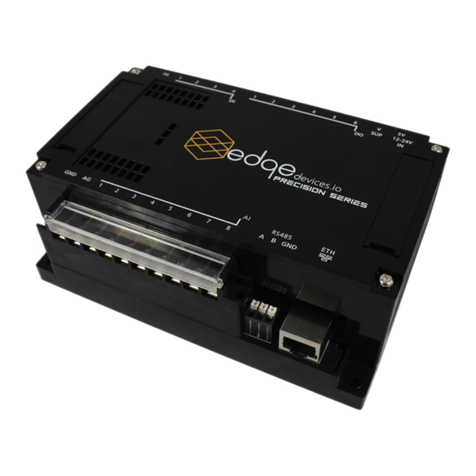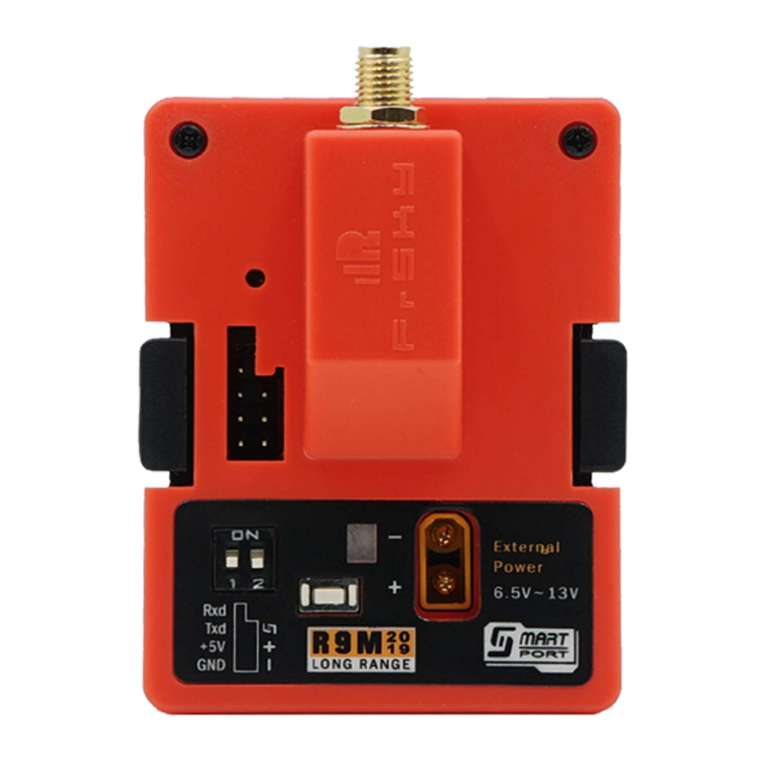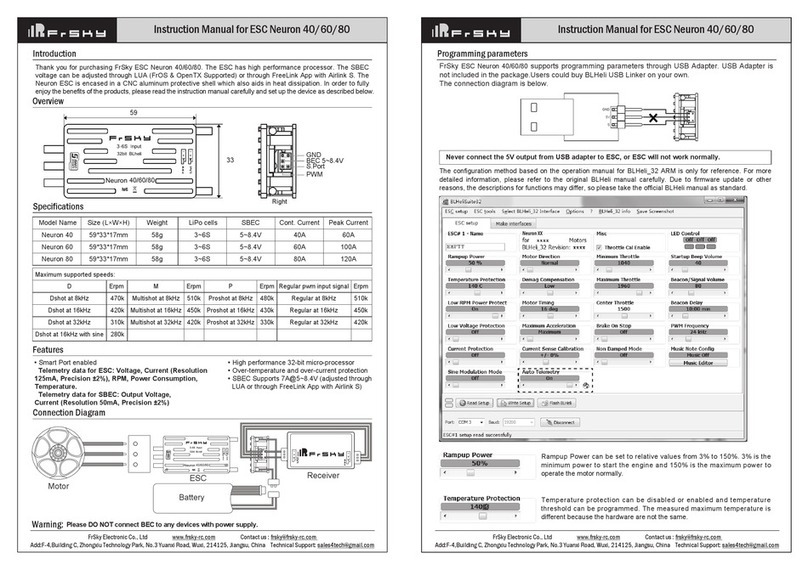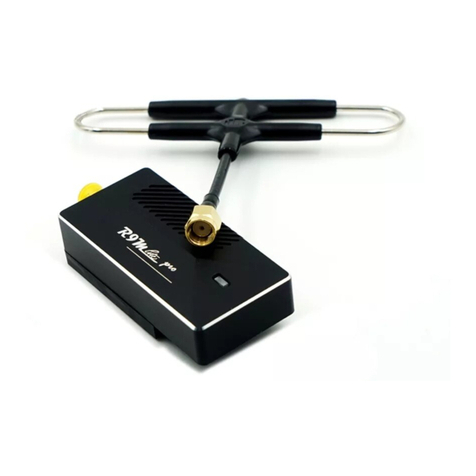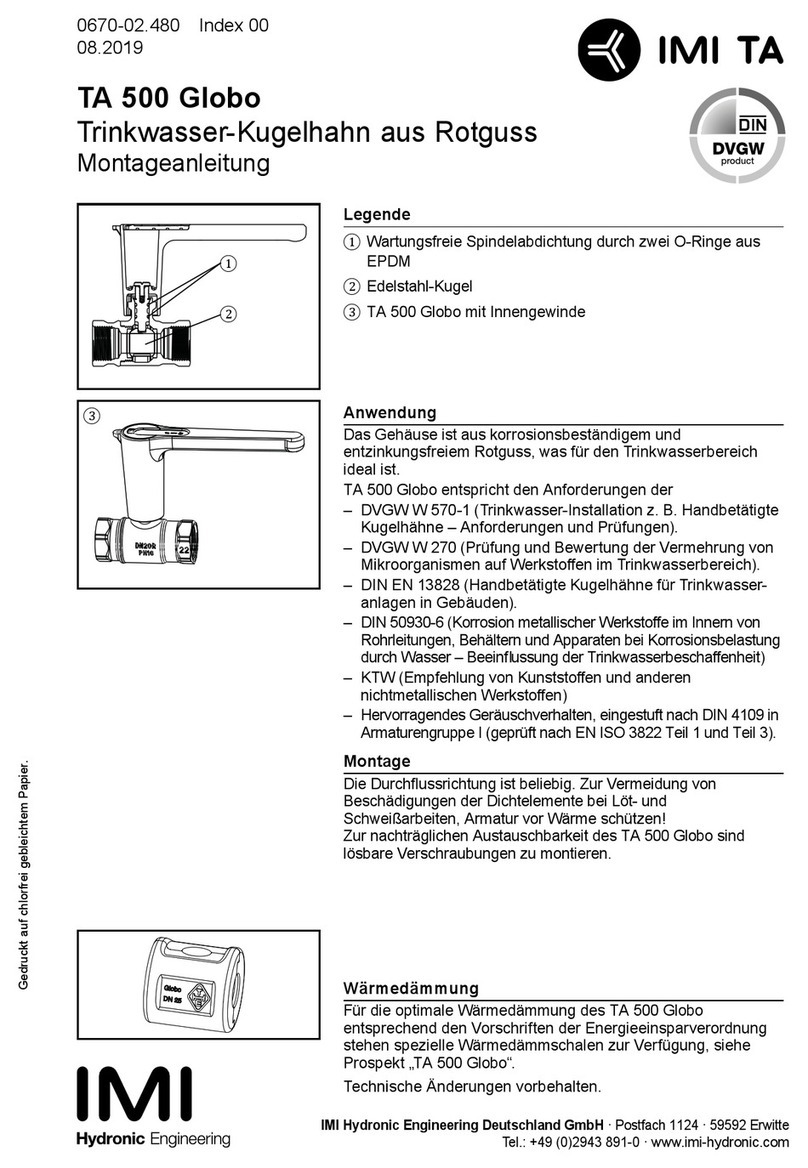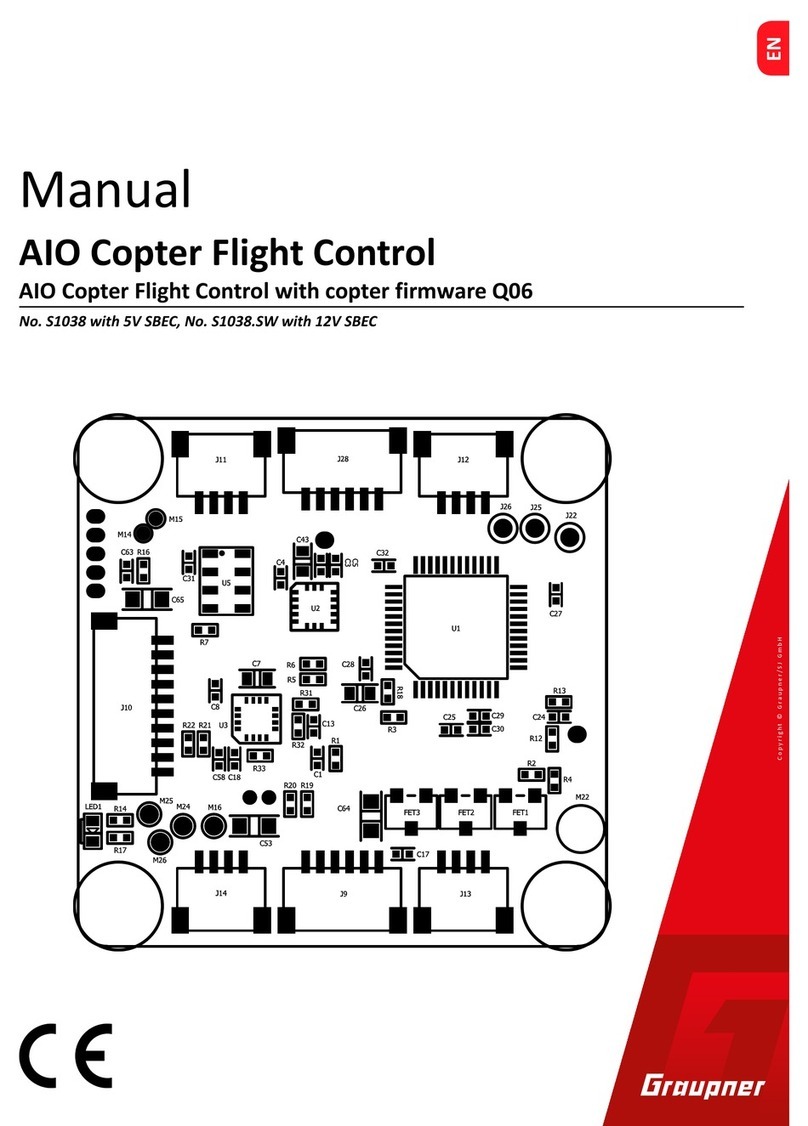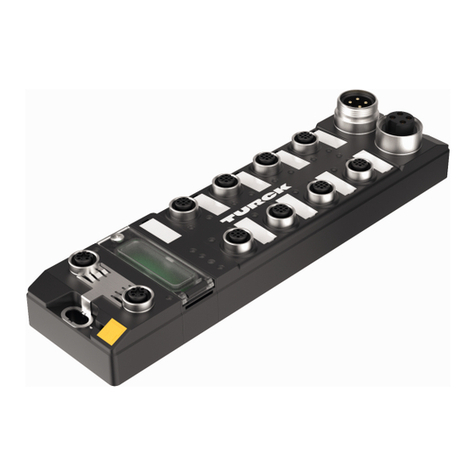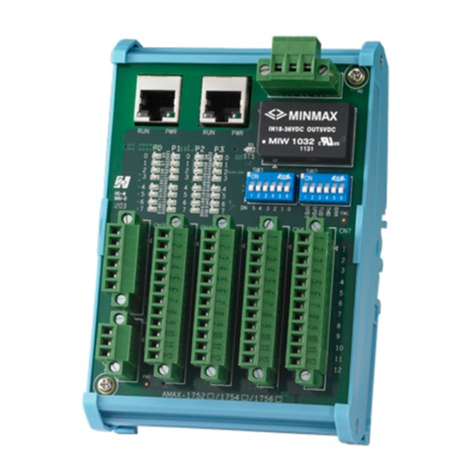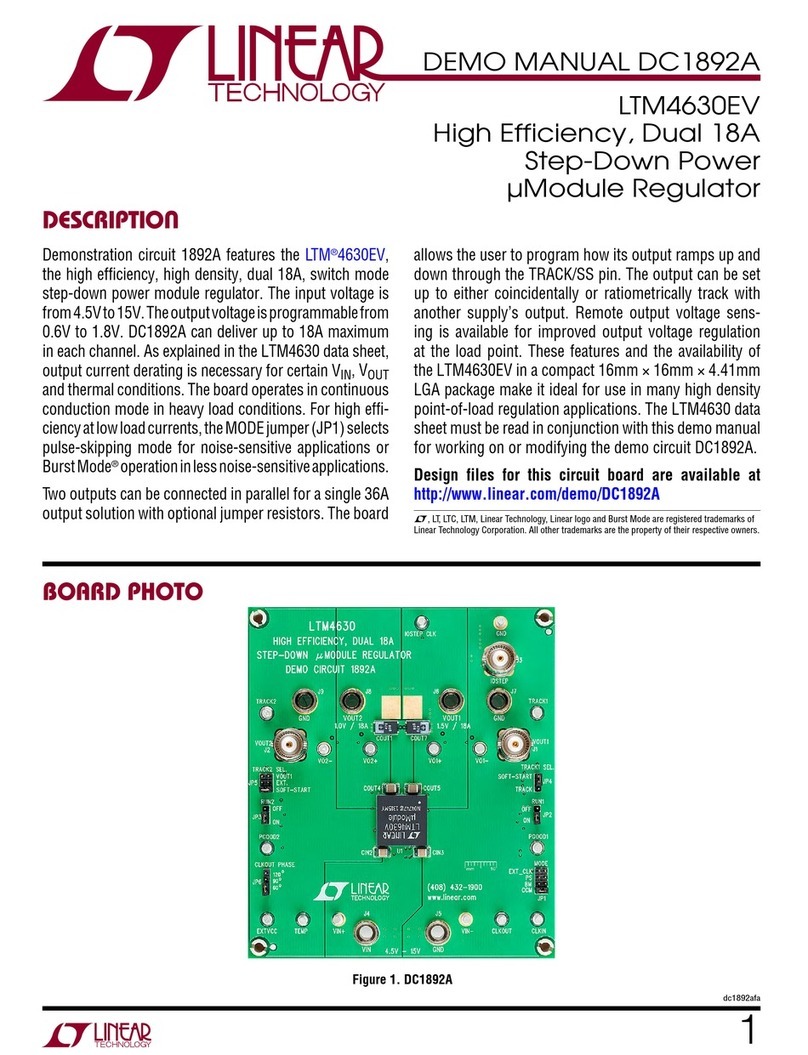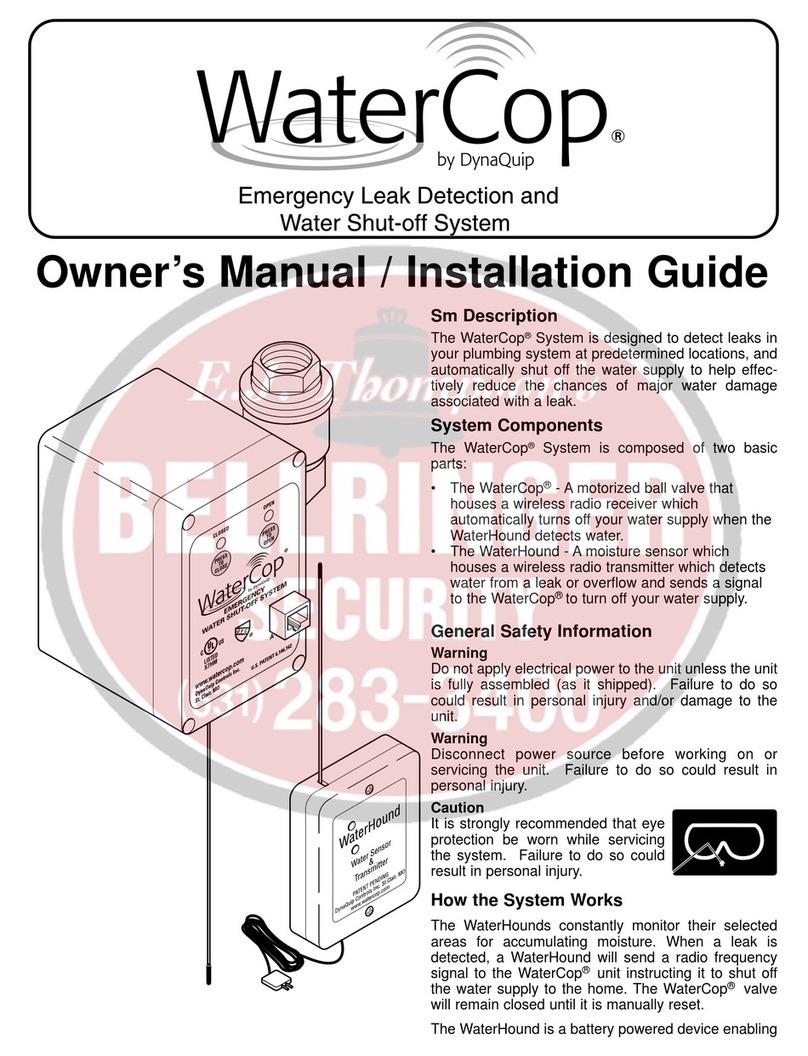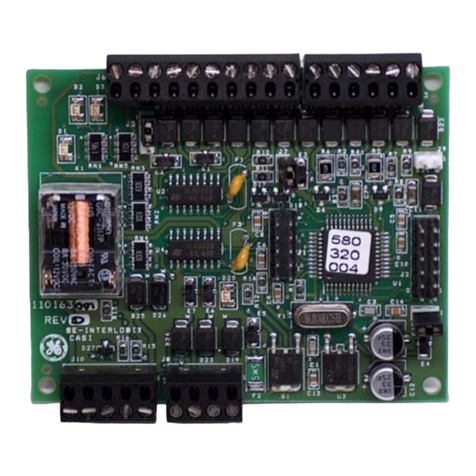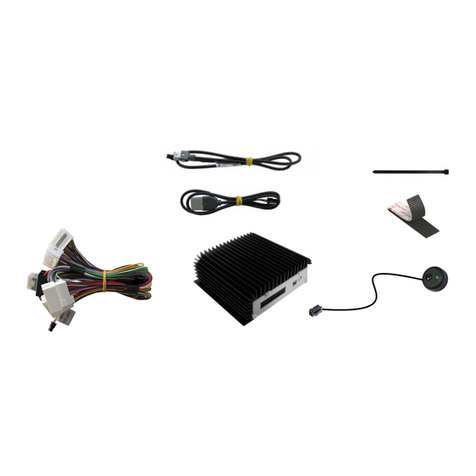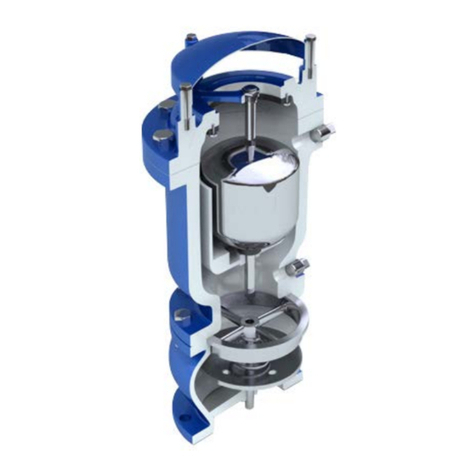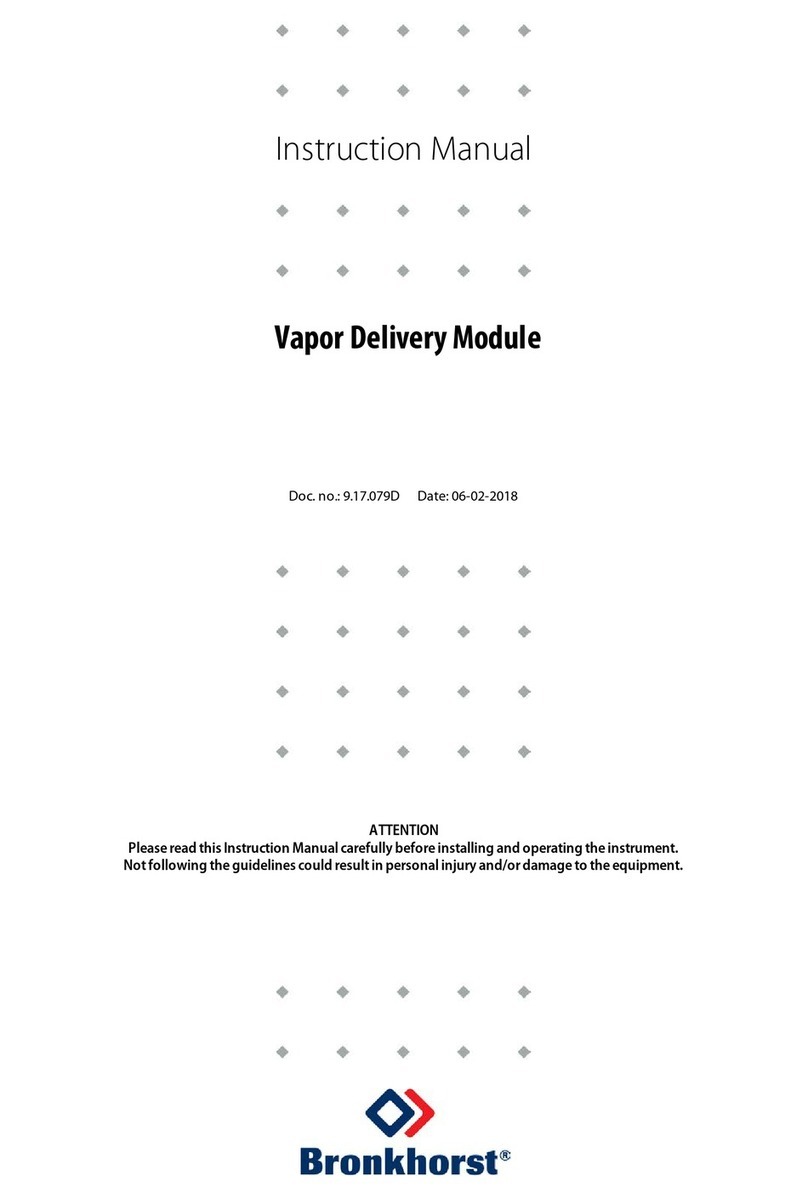
www.frsky-rc.com
2 2 /03/11
Instruction
Instruction
Instruction
Instruction Manual
Manual
Manual
Manual for
for
for
for FrSky
FrSky
FrSky
FrSky D6FR
D6FR
D6FR
D6FR
1.
1.
1.
1. Introduction
Introduction
Introduction
Introduction
1.1
1.1
1.1
1.1 Compatibility
Compatibility
Compatibility
Compatibility
Compatible with FrSky two way telemetry modules:
DFT, DJT,
DHT, DHT-U
1.2
1.2
1.2
1.2 Specifications
Specifications
Specifications
Specifications
Dimension: 42*22*11mm (1.65 ” L x 0.87 ” W x 0.43 ” H)
Weight: 7.1g (0.25 Oz.)
Operating Voltage Range: 3 . 5 V-10.0V
Operating Current: 6 0mA
Specified Range: 1.5km
Resolution: 3072 (>11bit)
Servo Frame Rate: 18ms (FS – Normal Speed Mode)
9ms (HS – High Speed Mode)
1.3
1.3
1.3
1.3 Features
Features
Features
Features
1) Lighter weight and physically smaller than D8R
2)
2)
2)
2) Built-in
Built-in
Built-in
Built-in battery
battery
battery
battery voltage
voltage
voltage
voltage sensor
sensor
sensor
sensor and
and
and
and one
one
one
one external
external
external
external analog
analog
analog
analog telemetry
telemetry
telemetry
telemetry port
port
port
port (A2)
(A2)
(A2)
(A2)
3) Two switchable servo frame speed modes: FS mode and HS mode
4) Telemetry - Alarm warning on low voltage/poor reception
5) Telemetry – RSSI ( Received S ignal S trength I ndicator)
2.
2.
2.
2. Set
Set
Set
Set Up
Up
Up
Up
2.1
2.1
2.1
2.1 Bind
Bind
Bind
Bind procedure
procedure
procedure
procedure
1) Ascertain that the transmitter is in the PPM mode. Turn your transmitter off.
2) Turn your transmitter on while holding the F/S button on the transmitter module ( En sure that both
switches on the transmitter module are OFF when using this receiver in the two way mode ). Release the button .
The RED LED on the transmitter module will flash, indicating the transmitter is ready to bind to the receiver.
3) Connect battery to the receiver while holding the F/S button on the receiver. The LED on the receiver will
flash, indicating the binding process is completed. Turn off both the transmitter and receiver.
4) Turn on the transmitter and connect the battery to the receiver. The RED LED on the receiver will indicate
the receiver is receiving commands from the transmitter. The receiver/transmitter module binding will not have to
be repeated , unless one of the two is replaced.
Warning:
Warning:
Warning:
Warning: The
The
The
The external
external
external
external analog
analog
analog
analog telemetry
telemetry
telemetry
telemetry port
port
port
port (A2)
(A2)
(A2)
(A2) is
is
is
is located
located
located
located adjacent
adjacent
adjacent
adjacent to
to
to
to servo
servo
servo
servo channels
channels
channels
channels CH1
CH1
CH1
CH1 ~
~
~
~ CH6.
CH6.
CH6.
CH6.
Battery
Battery
Battery
Battery or
or
or
or s
s
s
s ervos
ervos
ervos
ervos are
are
are
are NOT
NOT
NOT
NOT to
to
to
to be
be
be
be plugged
plugged
plugged
plugged into
into
into
into A2
A2
A2
A2 connector
connector
connector
connector ,
,
,
, otherwise
otherwise
otherwise
otherwise d
d
d
d amage
amage
amage
amage may
may
may
may occur.
occur.
occur.
occur.
2.2
2.2
2.2
2.2 Range
Range
Range
Range check
check
check
check
A
pre-flight range check should be done before each flying session . Reflection s from nearby metal fences,
concrete buildings, or trees can cause loss of signal both during the range check and during flight.
The following steps are to be followed to perform the range check of the model before flight:
1) Place the model at least 60cm (two feet) above non-metal contaminated ground (e.g. on a wooden
bench).
2) The receiver antennas should be separated in the model, as described in the receiver manual, and not
touching the ground.
3) Place the antenna of the transmitter in a vertical position.
4) Turn on the transmitter and receiver, press the F/S button of the transmitter for 4 seconds to enter range
check mode, the RED LED of the transmitter module will be off, GREEN LED will flash rapidly, and the BEEPER
will sound. The effective distance will be decreased to 1/30 of full range.
5) Walk away from the model while simultaneously operating the controls on the transmitter, confirming that
all controls operate normally to a distance of at least 30 meters (~30 yds).
All manuals and user guides at all-guides.com
all-guides.com




